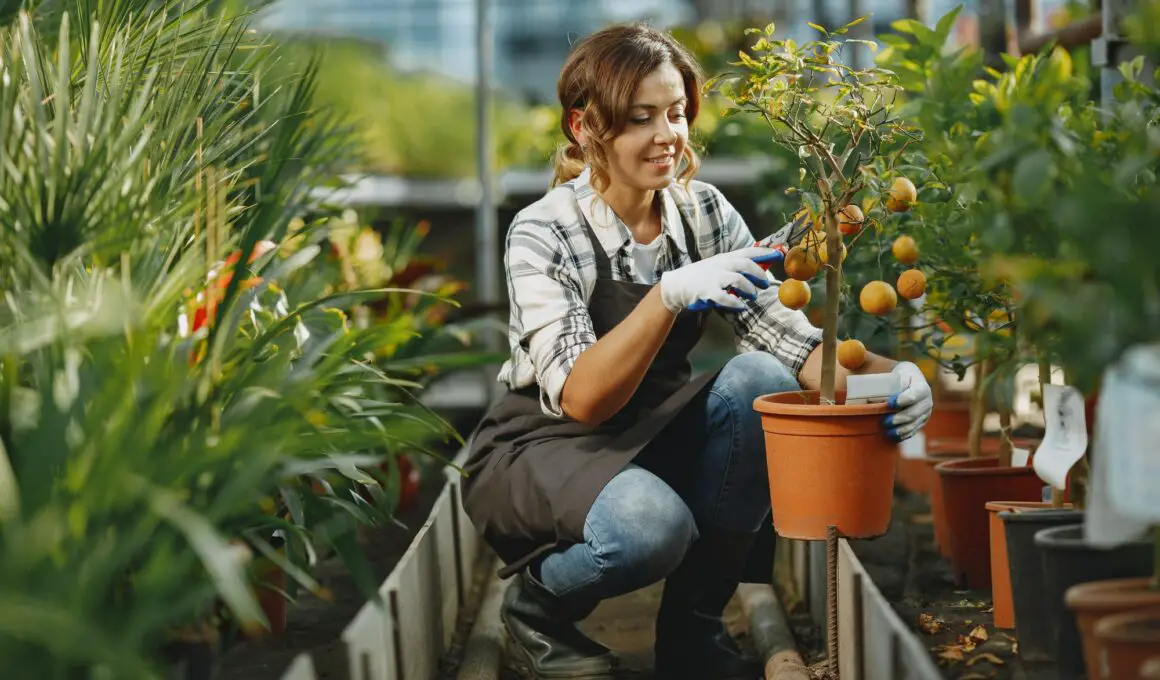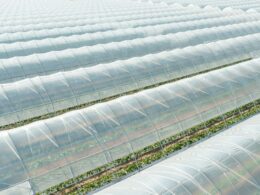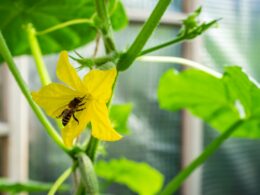In This Article Show
With over 13 years of hands-on experience in cultivating a variety of plants, I’m thrilled to share insights on a topic that’s been gaining traction in the gardening community – growing fruit trees in greenhouses.
In recent times, the world of home gardening has witnessed a surge in popularity, and many green thumbs are exploring innovative ways to extend their growing season. One such method that has piqued interest is harnessing the power of greenhouses to nurture fruit trees.
In this no-nonsense guide, we’ll unravel the practical aspects of cultivating fruit trees within the controlled environment of a greenhouse. No complex jargon or intricate gardening tapestry – just straightforward advice to help you make the most of your green thumb endeavors.
Can You Grow Fruit Trees In A Greenhouse?
Yes, fruit trees can be successfully grown in a greenhouse. Greenhouses offer a controlled environment, extending the growing season, providing protection from harsh weather conditions, and facilitating optimal growth conditions. Proper setup and care, including pruning, fertilization, and environmental monitoring, contribute to fruitful and thriving greenhouse fruit tree cultivation.
Advantages of Growing Fruit Trees in Greenhouses
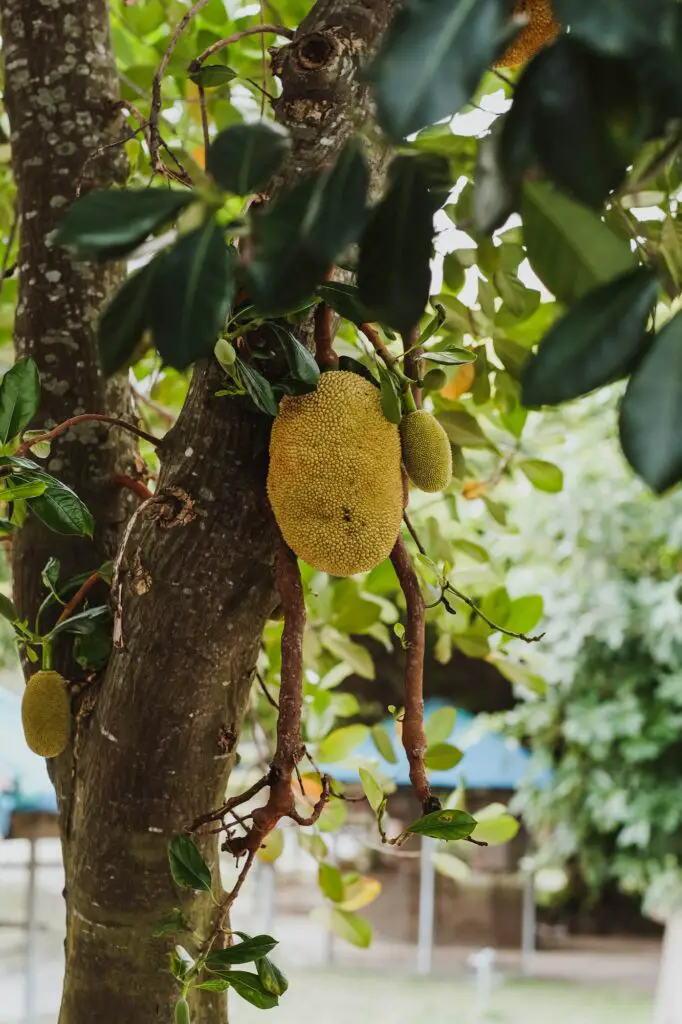
1. Extended Growing Season
One of the primary perks of cultivating fruit trees in a greenhouse is the extension of the growing season. Traditional outdoor gardening is often limited by the whims of weather, but a greenhouse provides a climate-controlled haven.
Get Gardening For Beginners
Our new EBOOK shows newcomers and green thumbs alike a step by step guide to growing the garden of their dreams.
This means you can enjoy fresh fruits well beyond the typical growing season, turning your backyard into a year-round harvest haven.
2. Protection from Harsh Weather Conditions
Unpredictable weather can wreak havoc on outdoor fruit tree crops, from late frosts damaging blossoms to storms causing fruit loss. Greenhouses act as protective shields, buffering your precious trees from the whims of Mother Nature.
Shielded from extreme temperatures, wind, and hail, your fruit trees can thrive without the constant threat of weather-related setbacks.
3. Controlled Environment for Optimal Growth
Greenhouses offer the unique advantage of creating a tailored environment for your fruit trees. You have the reins on factors like temperature, humidity, and light exposure. This level of control ensures that your fruit trees receive the optimal conditions for growth, leading to healthier plants and more bountiful harvests.
4. Pests and Disease Management
In the enclosed space of a greenhouse, you gain a significant advantage in managing pests and diseases. The physical barrier hinders many pests from reaching your fruit trees, reducing the need for chemical interventions.
Additionally, the controlled environment minimizes the risk of diseases, creating a healthier ecosystem for your fruit trees to flourish without constant battles against unwelcome invaders.
By embracing the advantages of greenhouse cultivation, you not only mitigate external challenges but also create an environment where your fruit trees can thrive and produce an abundance of delicious fruits.
Get Gardening For Beginners
Our new EBOOK shows newcomers and green thumbs alike a step by step guide to growing the garden of their dreams.
Setting Up Your Greenhouse for Fruit Tree Success
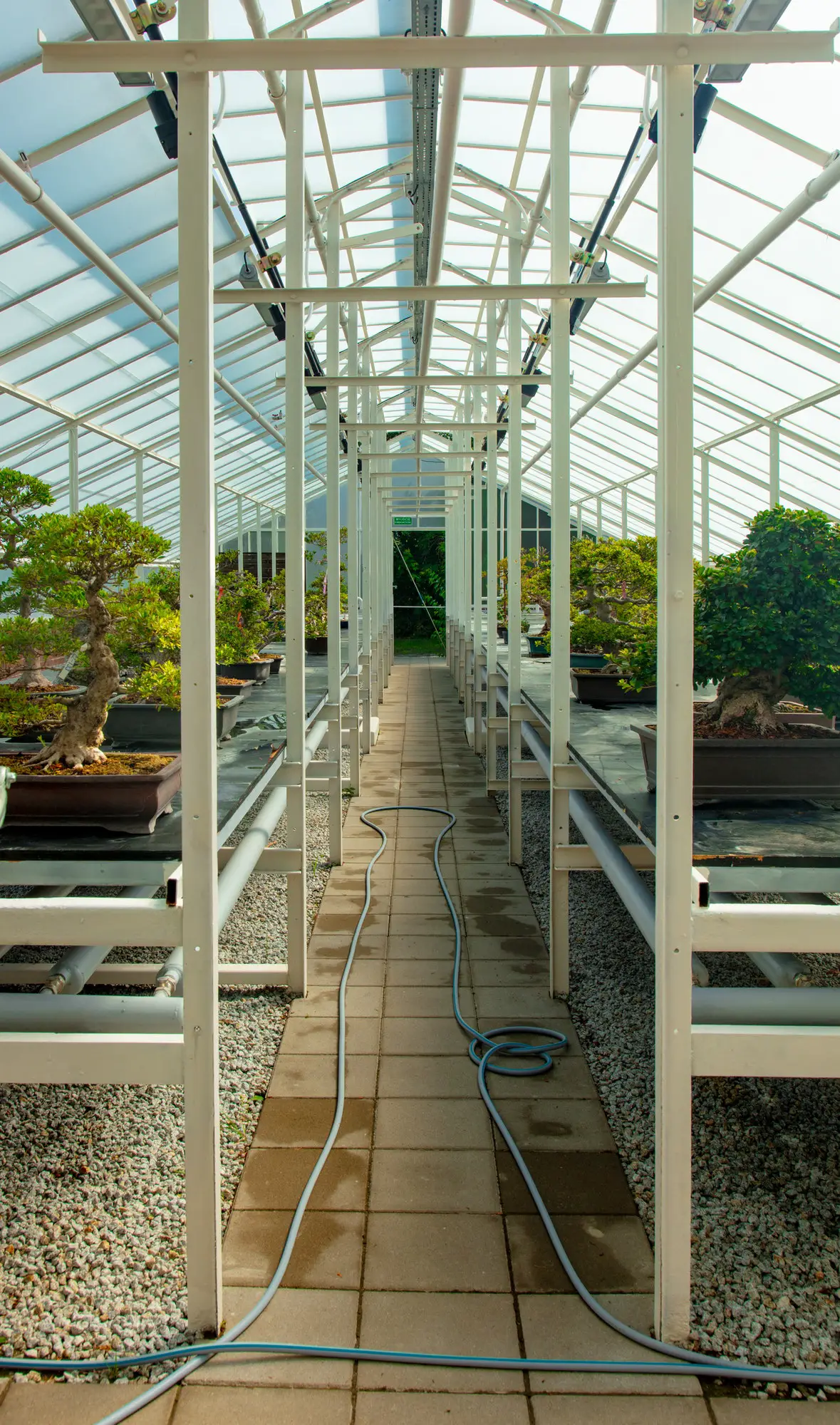
1. Choosing the Right Greenhouse Structure
When it comes to growing fruit trees, selecting the appropriate greenhouse structure is paramount. Opt for a greenhouse design that aligns with the specific needs of fruit trees, providing ample space for growth and easy access for maintenance.
Consider factors like size, material, and shape to create an environment that maximizes sunlight exposure and ensures optimal utilization of space.
2. Ideal Temperature and Humidity Levels
Temperature and humidity play pivotal roles in the success of your fruit tree venture. Invest in a reliable thermostat and hygrometer to monitor and maintain the ideal conditions for your specific fruit tree variety.
Different fruits have distinct preferences, so understanding the temperature and humidity requirements of your chosen trees is crucial for fostering healthy growth and fruit development.
3. Soil and Container Considerations
The soil in your greenhouse should be well-draining and rich in nutrients. Tailor the soil composition to the needs of your fruit trees, considering factors like acidity and texture. Container gardening is a popular choice for greenhouse fruit tree cultivation, allowing for better control over soil conditions.
Choose containers that are appropriately sized for the root systems of your trees, ensuring they have enough space to spread their roots and access the necessary nutrients.
4. Proper Ventilation and Air Circulation
Adequate ventilation is key to preventing issues such as excess humidity and stagnant air, which can lead to diseases and hinder optimal growth. Install roof vents, louvers, or exhaust fans to facilitate proper air circulation within the greenhouse.
This not only regulates temperature and humidity but also helps in preventing the buildup of harmful gases. Well-ventilated greenhouses mimic the natural outdoor environment, creating a conducive space for fruit trees to thrive.
Essential Tips for Successful Greenhouse Fruit Tree Cultivation

1. Pruning Techniques
- Regular Pruning: Schedule routine pruning sessions to remove dead or diseased branches, promoting air circulation and preventing the spread of diseases.
- Shape Maintenance: Shape your fruit trees according to their natural growth patterns.
- Size Control: Utilize pruning to manage the size of your fruit trees, especially in the confined space of a greenhouse.
2. Fertilization and Nutrient Management
- Soil Testing: Conduct regular soil tests to determine nutrient levels. Adjust fertilizer applications based on the specific needs of your fruit trees.
- Balanced Nutrition: Provide a well-balanced fertilizer that includes essential nutrients such as nitrogen, phosphorus, and potassium.
- Organic Options: Consider incorporating organic fertilizers to enhance soil health and promote long-term sustainability in your greenhouse.
3. Watering Schedule and Techniques
- Consistent Moisture: Maintain consistent soil moisture levels, avoiding extremes of drought or waterlogging. Irrigate based on the specific water needs of your fruit trees.
- Deep Watering: Encourage deep root growth by watering thoroughly. This helps the roots access nutrients and provides stability to the trees.
- Morning Watering: Water your fruit trees in the morning to allow foliage to dry before evening, minimizing the risk of fungal diseases.
By integrating these essential tips into your greenhouse fruit tree care routine, you set the stage for robust growth and a bountiful harvest.





